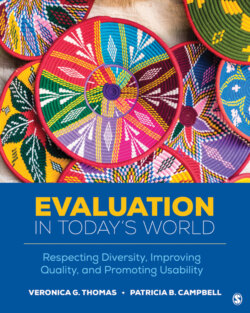Читать книгу Evaluation in Today’s World - Veronica G. Thomas - Страница 117
На сайте Литреса книга снята с продажи.
Early Social Experiments
ОглавлениеAs Rossi, Lipsey, and Freeman (2004, p. 2) pointed out, one of the technically challenging forms of contemporary evaluation research, “social experiments,” is not hardly a recent invention. Probably one of the most-cited areas of evaluation taking place in the 1600s includes the experiments with scurvy (a disease resulting from lack of vitamin C) (Mosteller, 1981; Rossi et al., 2004). In the early 1600s, British captain admiral James Lancaster, in an effort to address the incidence of scurvy among crews on ships, ran an evaluation experiment by serving daily dosages of lemon juice to men on one of four vessels sailing from England to India while the men on the other vessels did not receive this treatment. During the 1700s, even more systematic controlled evaluations were carried out to determine the impact of citrus intake on the prevention of scurvy.
In the United States, with the wartime activities of the 1800s, it may not be surprising to note that perhaps the earliest formal evaluation occurred in 1815 when the military sought to evaluate arms supplies (Madaus & Stufflebeam, 2000). Additionally, during the 1800s, U.S. cities faced substantial problems related to poor sanitation and the lack of piped water. This meant that incidences of disease such as cholera were high among the population in cities. It was during this time when the U.S. government first asked for external inspectors to evaluate public facilities such as prisons, schools, hospitals, and orphanages (cited in Mertens & Wilson, 2019).
